Once upon a time in the picturesque village of Düzpelit, nestled in the snow-covered landscapes of Ordu, Turkey, a dedicated veterinarian named Ogün Öztürk found himself on a unique mission. He had been summoned to the village to attend to a sick cow, a task he expected to complete swiftly and return home. Little did he know that this visit would lead to an unexpected and heartwarming connection.

As Ogün wrapped up his work with the ailing cow, he noticed something out of the ordinary. Through the thick blankets of snow, he spotted a determined little girl trudging towards him, carrying a pup on her back. Their extraordinary friendship began at that very moment.

The courageous girl was none other than Cemre Su Türköz, a resident of the village. Her faithful companion, Pamuk, had been suffering from an incessant itch for several days. Worried about her furry friend’s health, Cemre was determined to find a veterinarian as soon as possible. However, heavy snowfall had cut off access to the district center, leaving her with no choice but to explore alternative options. As luck would have it, an opportunity presented itself.

That fateful day, Cemre heard that a veterinarian would be in town to tend to a cow. Fearing that the vet might leave the village before she could seek his help, Cemre Su placed Pamuk on her back and embarked on a journey of over a mile along treacherous snow-covered mountain roads to reach Ogün’s location. Her arrival took the vet completely by surprise.

The resolute young girl approached Ogün and explained her predicament – her dog’s persistent itch, the inability to reach the district center due to the snow, and her desperation to have Pamuk examined. Who could refuse such an astonishing and determined client? Without hesitation, Ogün conducted a thorough examination, and fortunately, Pamuk’s condition was not dire. A simple topical medication would suffice to alleviate his discomfort.

In awe of the 8-year-old’s courage, Ogün refused to accept any payment for his services. Cemre offered approximately 7 liras, but he kindly declined. The kindness and bravery displayed by Cemre were rewards beyond measure for the compassionate vet.

This encounter marked the beginning of a beautiful friendship. Ogün continued to visit the village, not only to check on Pamuk’s well-being but also to spend time with Cemre and her beloved dog. Through the harshest of weather conditions, Pamuk felt the love and care that the little girl had showered upon him. It was a heartwarming tale of friendship and the boundless love between a little girl and her loyal canine companion.
An “unusual” dog called Pig that has no neck and a body that appears to have been chopped in half has become an internet sensation.
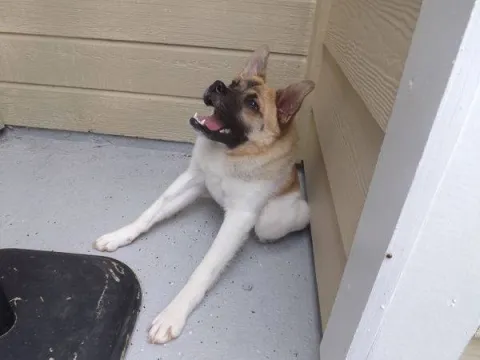
More than 27,000 people have joined a fans’ group in honour of the strange-looking animal, who is quickly becoming one of Alabama’s biggest stars.
Pig, who bears little resemblance to the curly-tailed farmyard animal, suffers from short spine syndrome and has bones that are fused together.
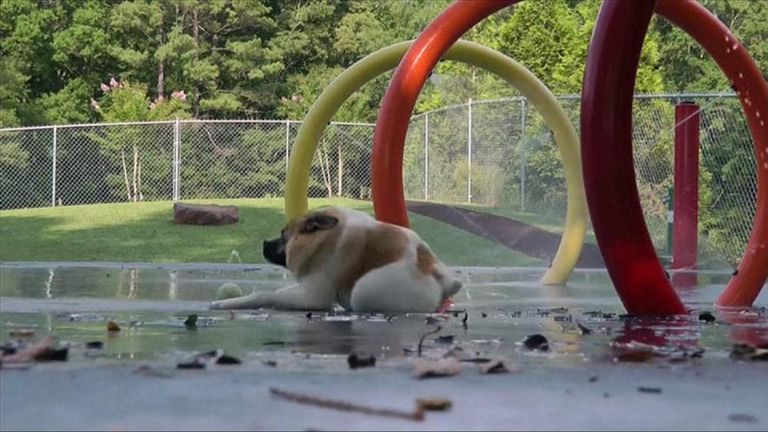
Her condition causes her to walk like a gorilla and she often loses her balance, toppling over like a toddler.
But she is not letting her disability get her down and her adventures are chronicled on a Facebook page called Pig the Unusual Dog.
Kim Dillenbeck, who adopted Pig after finding her in a forest, said her pet is “living life to the fullest”.
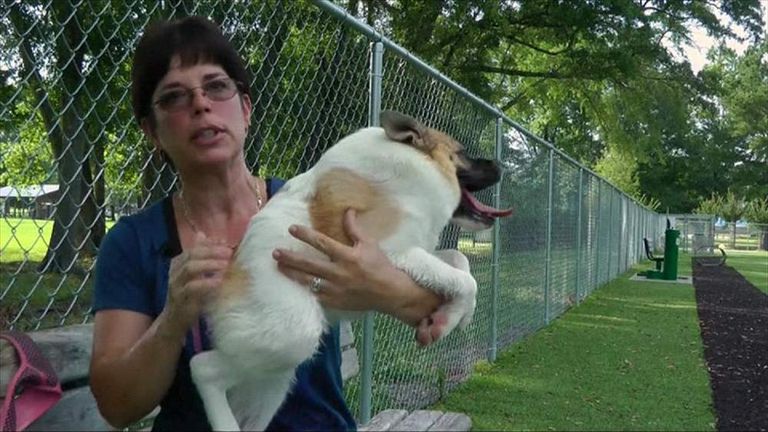
“She’s missing several inches of her spine (and) her joints, her hips … none of them are in the right position,” she added.
Dr Rachael Hudson-Breland, the vet who treats Pig, said the eight-month-old mutt is given “rock star” treatment at her clinic.
“I don’t think Pig really knows she looks different,” she said.
“She runs around, she plays. The only thing with Pig is … she has respiratory issues, so when she’s running around she gets a little more tired than most dogs.”
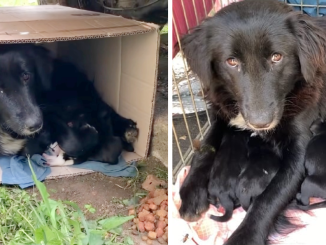
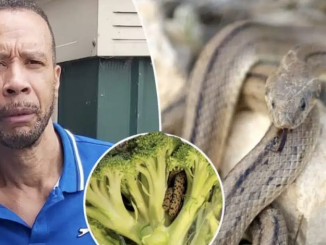
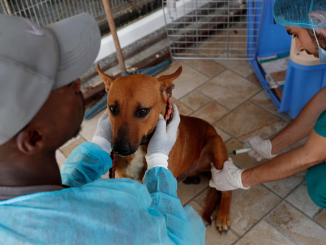
Leave a Reply